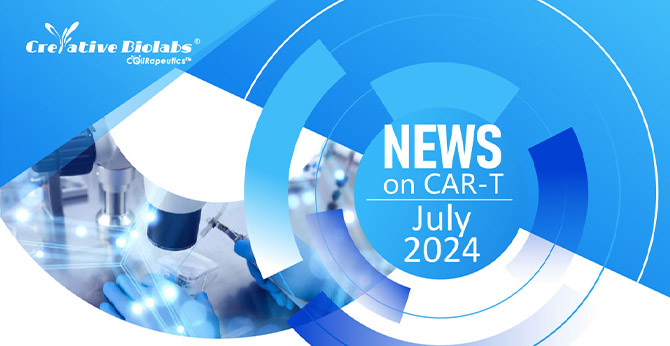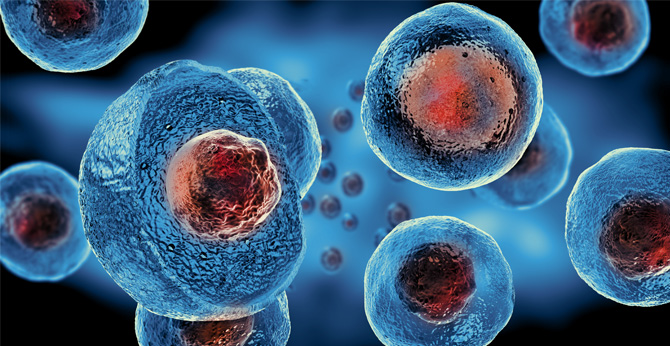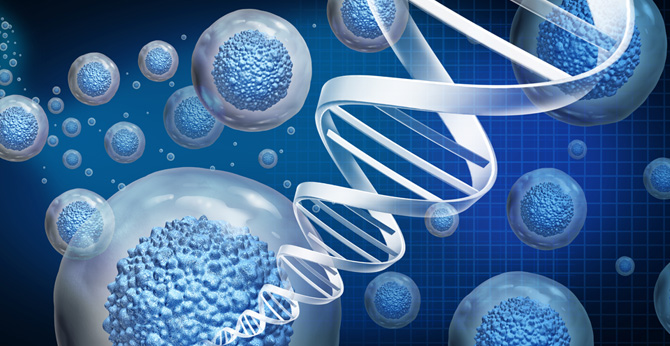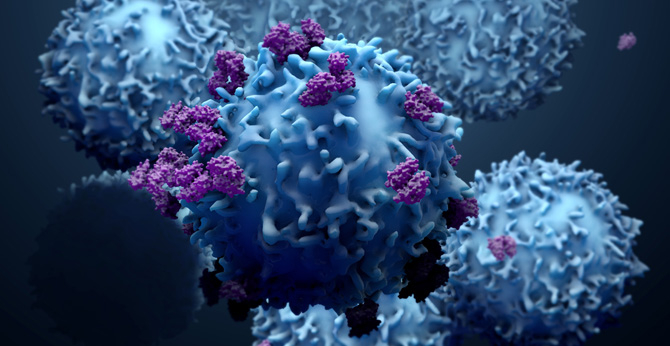All products and services are For Research Use Only and CANNOT be used in the treatment or diagnosis of disease.
Overview
White blood cells (WBC) produced in AML patient's bone marrow are mostly abnormal. Meanwhile the healthy ones are crowded out by these abnormal ones, and this situation finaly makes the patient face to the challenge of infection. The disease is diagnosed more commonly in adults than in children, with only about 500 as the total number in America each year. AML can be classified into different subtypes depending on how far the cancer cells deviate from their usual development route at the time of diagnosis. The causes of AML are similar to other leukemia, such as smoking, exposure to radiation, previous cancer treatment with chemotherapy, etc.
Signs, symptoms and treatments
The AML patient always has some of the following symptoms: fever, infection, easy bruising and bleeding, frequent nosebleeds, pain in bones or joints, swollen glands and poor appetite. Patients with this disease need to undergo extensive evaluation to be confirmed the subtype, morphology and cytogenetics before the fomal treatments which may include bone marrow transplantation, traditional chemotherapy and radiation therapy.
 NEWSLETTER
NEWSLETTER
The latest newsletter to introduce the latest breaking information, our site updates, field and other scientific news, important events, and insights from industry leaders
LEARN MORE NEWSLETTER NEW SOLUTION
NEW SOLUTION
CellRapeutics™ In Vivo Cell Engineering: One-stop in vivo T/B/NK cell and macrophage engineering services covering vectors construction to function verification.
LEARN MORE SOLUTION NOVEL TECHNOLOGY
NOVEL TECHNOLOGY
Silence™ CAR-T Cell: A novel platform to enhance CAR-T cell immunotherapy by combining RNAi technology to suppress genes that may impede CAR functionality.
LEARN MORE NOVEL TECHNOLOGY NEW SOLUTION
NEW SOLUTION
Canine CAR-T Therapy Development: From early target discovery, CAR design and construction, cell culture, and transfection, to in vitro and in vivo function validation.
LEARN MORE SOLUTION

